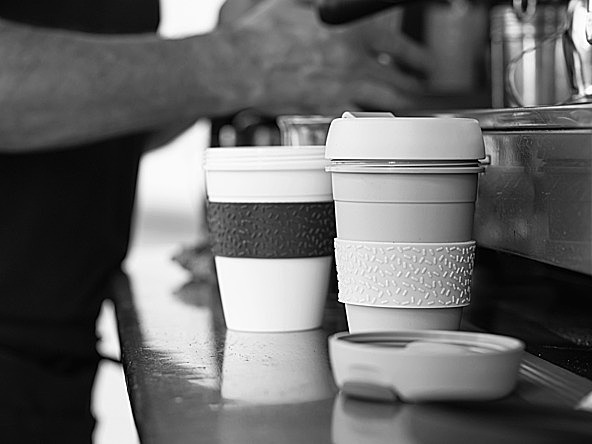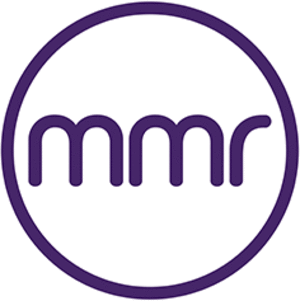Crawford Hollingworth: How to normalise behaviour

In today’s society, there is a multitude of behaviours that need to change rapidly or evolve – from adopting new, sustainable technologies to leading healthier lifestyles. So, how can we use behavioural science to accelerate behavioural change or technology adoption?
First, let’s remind ourselves of Everett Rogers’ diffusion of innovation theory. It segments a population into five groups: innovators, early adopters, early majority, late majority, and laggards. He proposed that the diffusion of new ideas occurred through peers and one-on-one interaction, and that observability and social learning were key. When people can watch a product being used and see tangible benefits, they don’t even need to trial a product.
A similar model, by Frank Bass, proposed that the adoption curve is led by innovators, with the rest of the curve made up of imitators: people who adopt because of social influence. Imitators learn from those who have already adopted and feel increasing social pressure to copy. They seek the reassurance of others’ product approval, wanting to see tangible benefits and how a product works before they follow suit.
In this article, we look at two approaches to accelerate adoption and get the imitators, the early and late majority, and even the laggards to change their behaviour faster – effectively squeezing the adoption curve to make it narrower.
Both approaches make social change and technology adoption more observable. They illustrate how to communicate changing social norms indirectly – what we call ‘covert social norms messaging’ – to the rest of society; those who need a little more social proof than early adopters before they get on board.
Make purchases or new behaviours more visible to consumers
When change is observable, people can become more aware of growing trends. Our brains are wired to notice new things around us. Some products, such as solar panels and electric cars, or tech products, such as the iPhone, are highly visible. Studies have found that this visibility can help to drive a change in societal norms.
Think back to the days of the original iPod – those unmistakable white earphones helped everyone know that person was listening away. Launched in 2001, Apple had sold 100m devices by 2007.
Another example is solar panels. When researchers recently analysed spatial data of neighbourhoods, they found that the main driver of solar panel uptake was being within 200m of another house with solar panels – they show up in geographical clusters on maps. Even more robust evidence of this effect comes from a 2022 study on visibility and peer influence in durable goods adoption, by Bryan Bollinger, Kenneth Gillingham and colleagues. This found that the more visible solar panels are to other houses, the more likely it is that others will install them.
Researchers have also found that increased visibility can accelerate adoption by helping to initiate social chat around a new product
or service. When Italian researchers analysed eight industrial product innovations in 2013, they found that early adopters played a ‘word of mouth’ role in disseminating information about a new product.
Reframe prices to signal the social norm
We can also accelerate adoption or behaviour change by covertly leveraging social norms; how we frame prices can signal what is the norm.
The ‘standard price’ for a product or service can signal that it is the one most people purchase, the social norm. Incentives, in the form of a discount or a surcharge, are usually offers designed for the minority, partly because it can take more time to process the payment. Take these scenarios for buying a takeaway lunch:
- Pay £5 or get a 20% discount for bringing your own containers and pay £4
- Pay £4 or pay a 25% surcharge for using single-use plastic containers and pay £5
The discount signals that most people pay the standard price of £5, and few are prepared to do what it takes to get a 20% discount and pay £4. Conversely, the surcharge signals that most people pay the standard price of £4 and only a few pay the surcharge price of £5.
In 2018, researchers Alicea Lieberman, Kristen Duke and On Amir explored this in a series of studies, and found that when consumers encounter a surcharge (vs a discount) they perceive the standard price to be what people commonly pay – £4 is the norm. Consumers also said they would feel more embarrassed or guilty if they had to pay a surcharge.
The researchers found these outcomes when consumers had to pay extra for a plastic bag versus bringing their own for groceries. In the UK, adding a 10p surcharge for plastic bags has dramatically impacted usage. By 2023, use of single-use supermarket plastic bags had fallen 98% since 2015, when retailers in England began charging for them, according to data from the Department for Environment, Food and Rural Affairs.
In Edinburgh, trials run by Zero Waste Scotland in 2021 and 2022 found that a 20p surcharge on disposable cups led to a 95% reduction in their use. Earlier trials found cafés that replaced discounts with an equivalent surcharge for disposable cups significantly increased the proportion of customers switching to reusables, by 50% on average.
This strategy could be applied to many other categories, such as buying refillable cleaning products or package holidays, where a surcharge is applied if a person flew rather than took the train or bus. How we frame prices and incentives sends a subtle message to people about what others think and do.
From insight to action
We need to pay more attention to the potential power of covert social norms and explore it directly in behavioural change research:
- For innovation research, explore with consumers what might help to make a product or service more visible and noticeable to them
- When researching pricing, explore consumers’ perceptions around incentives – what are their emotional reactions, perceptions of social norms and behavioural responses to surcharges versus discounts?
- When researching societal change and adoption more broadly, explore with consumers what they noticed around them, and the triggers and the mechanisms in their context that prompted them to change
- Leveraging covert social norms, such as pricing frames, might have different effects on consumers depending in which of the five types of adoption groups they fit. Screen for and segment consumers into the five groups using objective measures, and analyse their differences through a behavioural science lens.
This article was first published in the April issue of Impact

We hope you enjoyed this article.
Research Live is published by MRS.
The Market Research Society (MRS) exists to promote and protect the research sector, showcasing how research delivers impact for businesses and government.
Members of MRS enjoy many benefits including tailoured policy guidance, discounts on training and conferences, and access to member-only content.
For example, there's an archive of winning case studies from over a decade of MRS Awards.
Find out more about the benefits of joining MRS here.















0 Comments